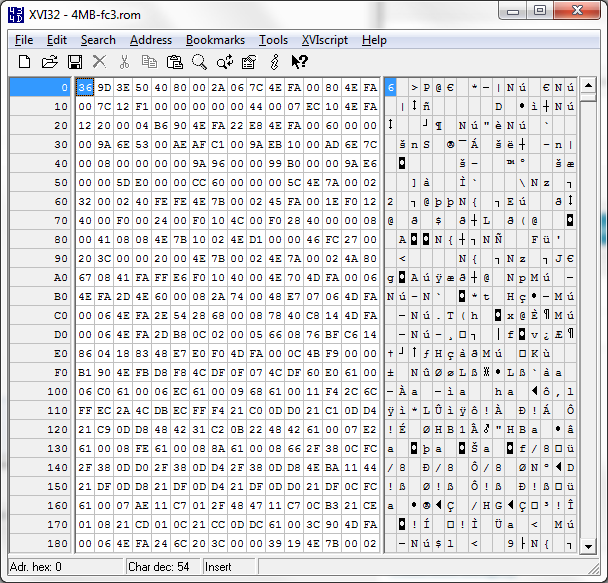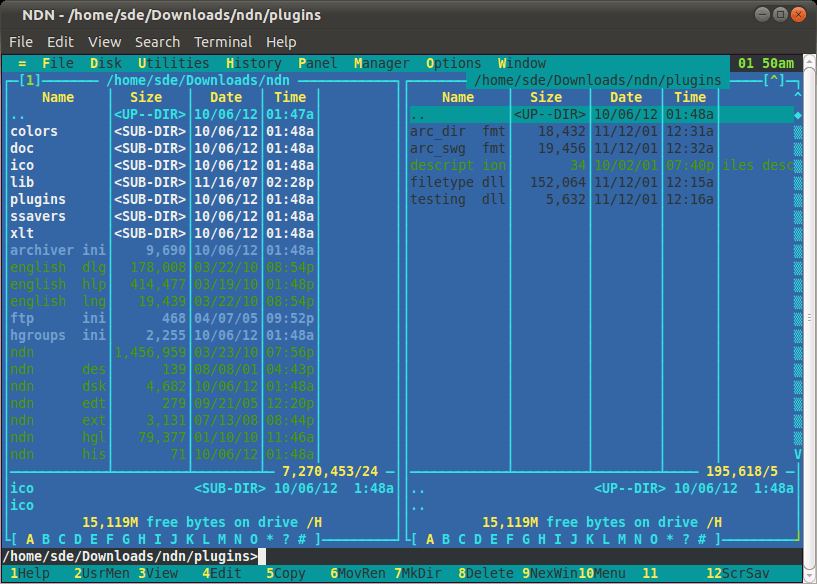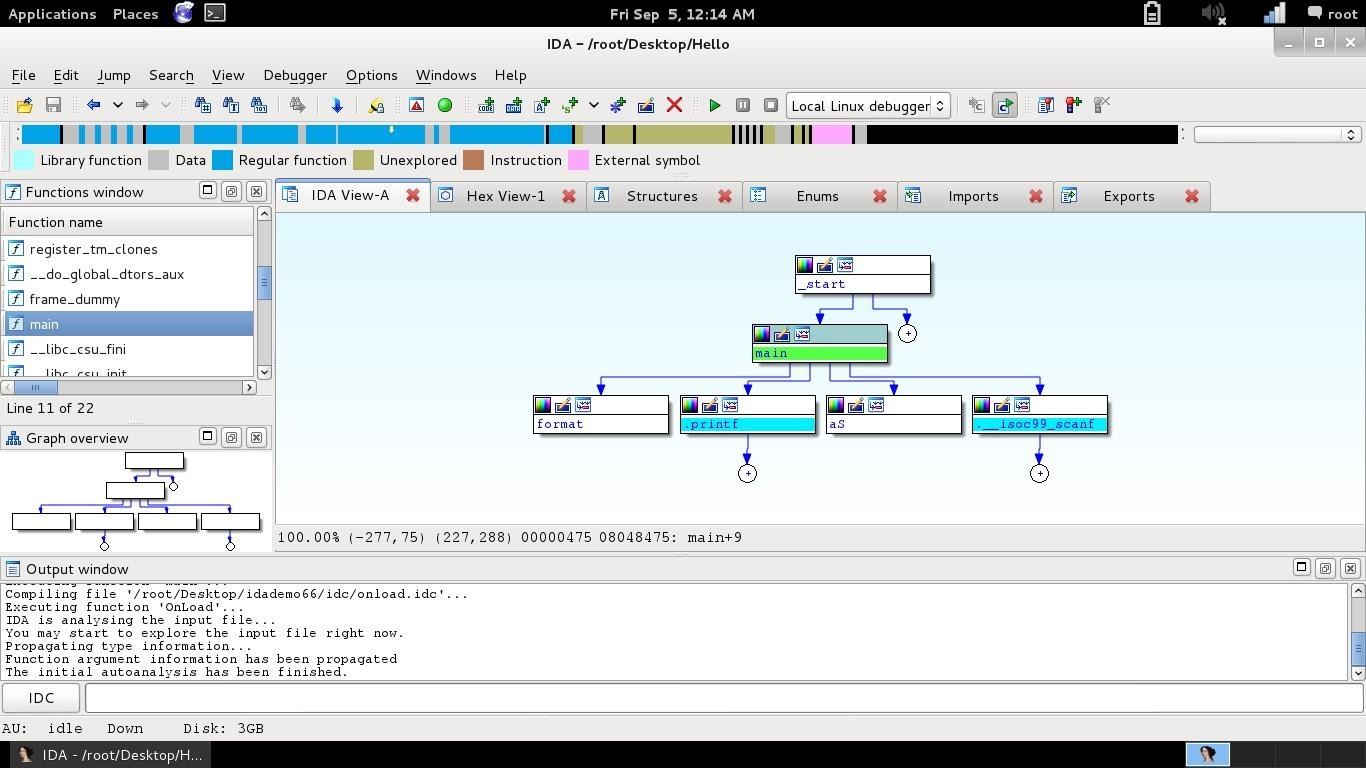Hex Editor For Asm Hackers Mac
A fast and clever open source HEX editor for Mac OS X. Software Alternatives,Reviews and Comparisions. Submit Software; Hex Fiend. Hack is an hex editor. An hex editor allows you to edit files or binary data as they are stored by the computer. Hack's main window. Hack's main window. The picture above shows Hack's main window. It is an MDI application, meaning that the main window may contains many child windows. There are several window types: File window; View windows (Hex, ASCII and Asm). For general SNES graphics, YY-CHR is a popular editor. For hex editing, HxD is a good all purpose editor and Windhex has table support (to edit text). As for recommended editor for a regular hack (with no data expansion), we recommend FF3usME for any general data, character sprite, animation data menu backgrounds and BRR samples. Using this freeware hex editor you'll be able to edit extremely large files/dumps of raw data and try advanced functions: search/replace data incl. RegExp, disk editor, computer memory editor, checksum/hash calculations, logical bitwise/arithmetic data operations, file structure viewer with binary templates, modifying Intel HEX, Motorola S-records, compare files with binary diff, hex diff, text diff.


You’ve probably seen a few of these miniature arcade games online or in big box retailers: for $20 USD or so you get scaled-down version of a classic arcade cabinet, perfect for a desk toy or to throw up on a shelf as part of your gaming collection. Like any good Hackaday reader, you were probably curious about what makes them tick. Thanks to [wrongbaud], we don’t have to wonder anymore.

Hex Editor For Asm Hackers Mac Download
Over the course of several blog posts, [wrongbaud] walks readers through the hardware and software used in a few of these miniature games. For example, the Rampage cabinet is using a so-called “NES on a Chip” along with a SPI flash chip to hold the ROM, while Mortal Kombat is using a Genesis emulation solution and parallel flash. It wouldn’t be interesting if they didn’t throw you a few curves now and again, right?

But these are more than simple teardowns. Once [wrongbaud] gives an overview of the hardware, the next step is reading the respective flash storage and trying to make sense of the dumped data. These sort of games generally reuse the hardware among a number of titles, so by isolating where the game ROM is and replacing it, they can be made to play other games without hardware modification. Here, this capability is demonstrated by replacing the ROM data for Rampage with Yoshi’s Cookie. Naturally it’s one of those things that’s easier said than done, but it’s an interesting proof of concept.
The Mortal Kombat cabinet is a newer addition to the collection, so [wrongbaud] hasn’t progressed quite as far with that one. The parallel flash chip has been dumped with the help of an ESP32 and a MCP23017 I/O expander, and some Genesis ROM headers are identifiable in the data, but there’s still some sifting to be done before the firmware structure can be fully understood.
Even if you’re not in the market for a diminutive arcade experience, the information that [wrongbaud] has collected here is really phenomenal. From understanding protocols such as I2C and SPI to navigating firmware dumps with a hex editor, these posts are an invaluable resource for anyone looking to get started with reverse engineering.
Hex Editor For Asm Hackers Machine
The Client ID is a 4 byte hexadecimal string that the Wii uses to prevent you from editing Miis you didn't create. Here's an example Client ID -
C2 54 0A FF
The 54 0A FF part are the last 3 bytes of the MAC Address of the Wii for the Mii which is was created on. The C2 is a checksum8 calculation of the first 3 bytes of the MAC Address (MAC Address prefix). Even if you 'reverse engineer' the calculation, you can only known the sum of the first 3 bytes. However, I went and made a Mii using each official Nintendo MAC address prefix. Using Aldelaro5's RAM Viewer I simply viewed the 1st byte of every client ID of every Mii. Obviously I named the Mii's accordingly. So I knew which MAC address prefix was being used. After a little bit of tedious work, I was able to get the Client ID's for every official Nintendo MAC Address prefix.
03 = 001AE9 Nintendo Co., Ltd.
04 = E84ECE Nintendo Co., Ltd.
05 = 001BEA Nintendo Co., Ltd.
0F = 34AF2C Nintendo Co., Ltd.
15 = 001B7A Nintendo Co., Ltd.
16 = 0019FD Nintendo Co., Ltd.
17 = 0024F3 Nintendo Co., Ltd.
18 = E0E751 Nintendo Co., Ltd.
27 = 8C56C5 Nintendo Co., Ltd.
27 = A45C27 Nintendo Co., Ltd.
30 = 002709 Nintendo Co., Ltd.
36 = 00191D Nintendo Co., Ltd.
37 = 9CE635 Nintendo Co., Ltd.
38 = 58BDA3 Nintendo Co., Ltd.
3A = 78A2A0 Nintendo Co., Ltd.
3A = D86BF7 Nintendo Co., Ltd.
3B = 40F407 Nintendo Co., Ltd.
3D = 182A7B Nintendo Co., Ltd.
41 = 8CCDE8 Nintendo Co., Ltd.
42 = 00241E Nintendo Co., Ltd.
45 = 0025A0 Nintendo Co., Ltd.
45 = A4C0E1 Nintendo Co., Ltd.
47 = 001EA9 Nintendo Co., Ltd.
48 = 0009BF Nintendo Co., Ltd.
4C = 0022AA Nintendo Co., Ltd.
51 = 001F32 Nintendo Co., Ltd.
53 = 001E35 Nintendo Co., Ltd.
54 = 002331 Nintendo Co., Ltd.
54 = B8AE6E Nintendo Co., Ltd.
59 = 001DBC Nintendo Co., Ltd.
5A = 001CBE Nintendo Co., Ltd.
5E = 0021BD Nintendo Co., Ltd.
64 = 001FC5 Nintendo Co., Ltd.
68 = 002147 Nintendo Co., Ltd.
68 = 002444 Nintendo Co., Ltd.
6A = CC9E00 Nintendo Co., Ltd.
6B = E00C7F Nintendo Co., Ltd.
6C = 001656 Nintendo Co., Ltd.
6E = 00224C Nintendo Co., Ltd.
6F = 0023CC Nintendo Co., Ltd.
79 = 0022D7 Nintendo Co., Ltd.
7D = 2C10C1 Nintendo Co., Ltd.
7F = 002659 Nintendo Co., Ltd.
C2 = 0017AB Nintendo Co., Ltd.
Using the list/index above, you now know that client ID - C2 54 0A FF is Wii MAC Address 00-17-AB-54-0A-FF. I would say about 95% of the time, mkwii players make Miis on their own Wii/Dolphin. So once you figure out the MAC of the Mii, you basically have the Mii creator's Wii MAC Address. There are a variety of ways to get people's Client ID's. The most common way is to download a TT ghost from CTGP or ninrankings.org. Then use Atlas's RKG Viewer program to extract the Mii data. Use MyAvatarEditor or a Hex Editor to view the Client ID, then you are good to go.
You will notice some client ID's can be for two different MAC prefixes. Unfortunately, there's no way to know which one of the two it exactly is.
FAQ:
Hey Vega, I found a Client ID off of a Mii that is not on the list, what does that mean?
That means 3 things:
The Mii was made on MyAvatarEditor/Hex Editor with a custom Client ID
The Mii was edited on MyAvatarEditor/Hex Editor with a custom Client ID
The Mii was made on Dolphin with the user editing the MAC Address field to a custom MAC Address on his Dolphin.ini config settings
If you post this list somewhere else, please credit me. Thanks.